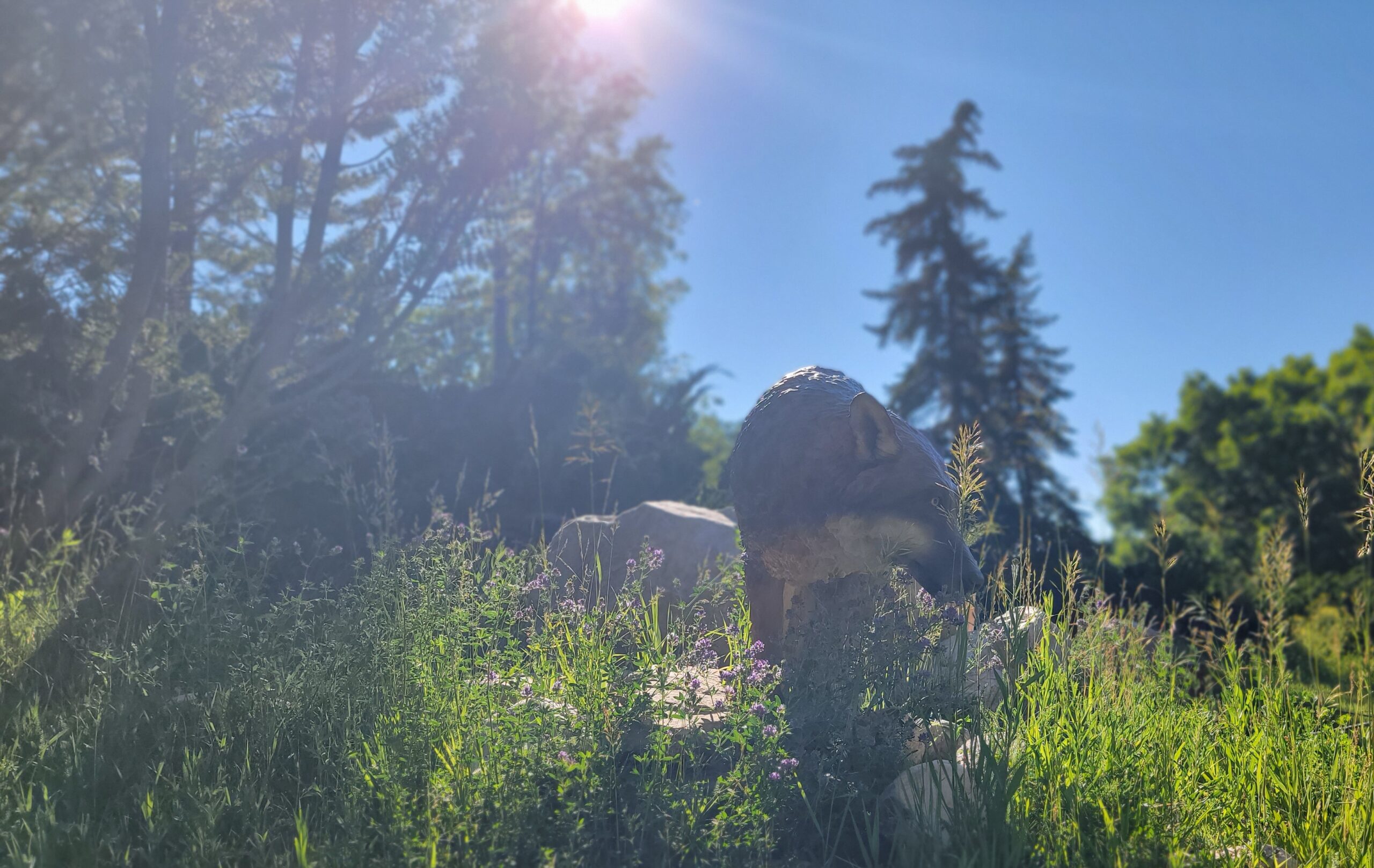
Range: Quaternary (Pleistocene-Holocene, 2 MYA to 10,000 YA) from North America, Venezuela, and Peru
Size estimate: 2’ 9” at the shoulder, 150-240 lbs
Discovery: Joseph Leidy, 1858
Classification: mammalia, carnivora, caniformia, canidae
Since no one has ever seen a living dinosaur, and the missing pieces of the fossil record withhold important clues to their appearance, no artistic representation of a dinosaur ever gets it 100% right. On top of that, new discoveries can change our ideas of extinct creatures drastically. So, how close does this sculpture come to what we know of the original animal?
Subscribe to our newsletter of follow us on the social channels to stay tuned.
© 2023 Dinosaur Park • All Rights Reserved.